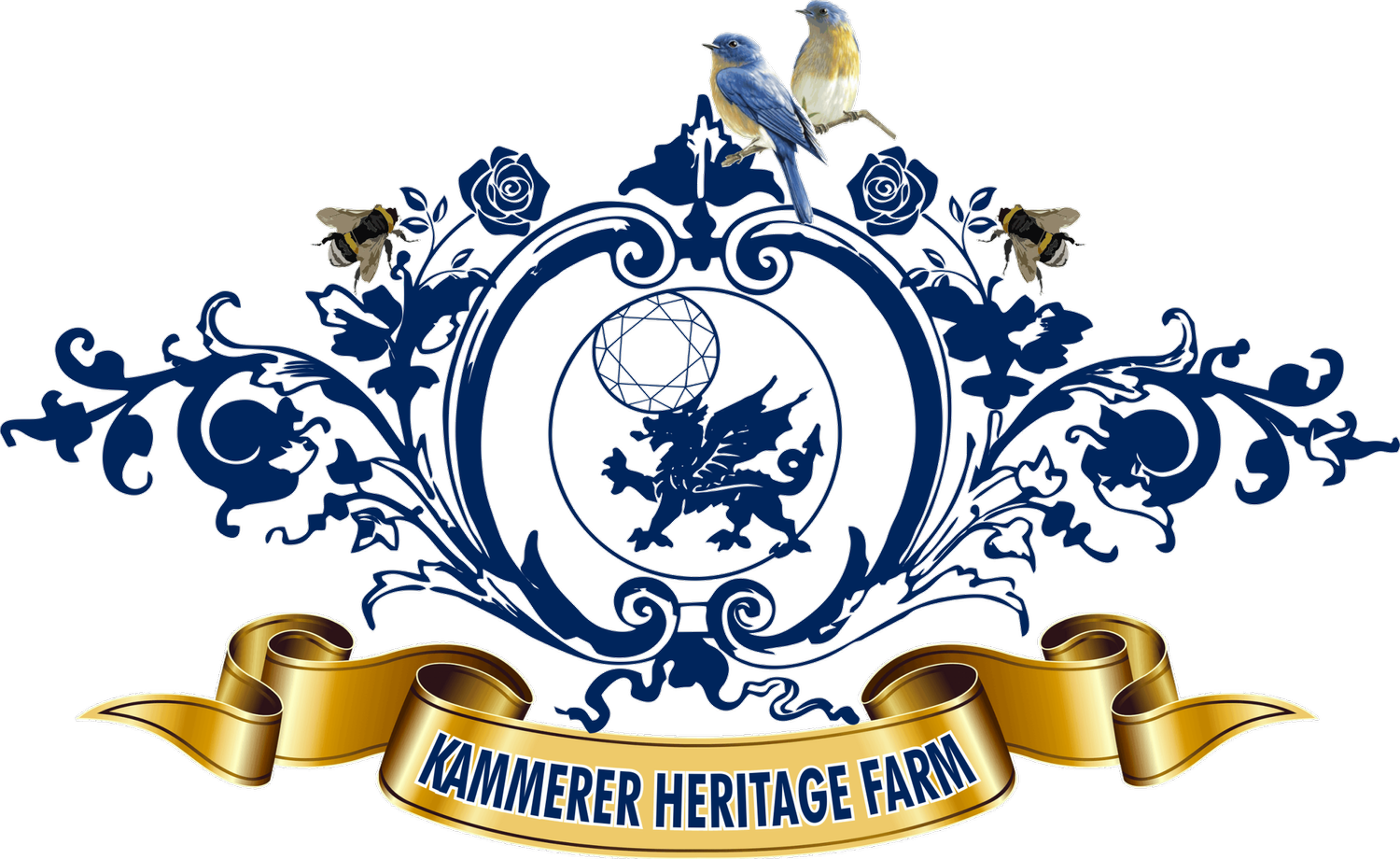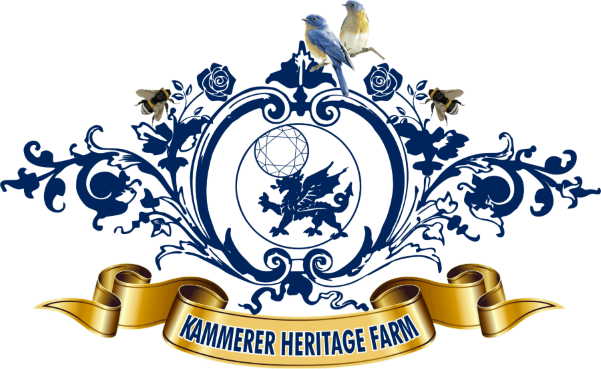Black Orpington
Back in the nineteenth century the father of William Cook was a hustler on the infamous London to Dover road, but young Bill, after serving his time, soon forsook horses and coaches to keep chickens. In due course he rose to great prominence as an enterprising poultry developer, in those days when poultry keeping was very much in its infancy. He was a prolific journalist in poultry matters - lecturer, adviser and consultant - took in pupils - sold appliances, medicines, poultry foods, fattening powders and published the "Poultry Keepers Account Book" - the most complete of its kind for one shilling (5 pence).
William Cook, though, is immortalised for his origination of the Orpington which put his Kentish town on the poultry map and gave countless pleasures to generations of devoted followers.
It was in 1880 that Cook started blending various breeds to produce a black fowl "of handsome appearance and a good winter layer".
By 1886 these black fowl made their appearance at the three big Dairy, Crystal Palace and Birmingham shows. It was two years later that separate classification was given for the Black Orpington at the 1888 Dairy Show at Islington where there were 14 cockerels and 19 pullets in the two classes.
The Orpington Club was formed in 1887 so promotion was rapid, but it was not until 1900 that the black was anything at all approaching a distinct kind. It was Joseph Partington and friends who transformed the Black Orpington, by decidedly increasing bulk and feather to the standard and hallmarks we have long since become accustomed to.
Today the Black Orpington is still one of the favourites with Orpington enthusiast. It is one of the largest of the Orpingtons and displays the best of the Blue Thread known as Beetling or iridescence in blues and greens. This is also one the most friendliest of Orpingtons and great observers of sky predators sending out high pitched alarms to all the flock to take cover. Just a great overall Orpington to have in your flock.
Heritage:
English
Egg Colour: Pink/ Light Brown
Egg Count: 180-230 per year
Hens Body weight: 8-14 lbs
Rooster Body weight: 9-15 lbs
Temperament: Very Friendly
Hardiness: Docile, Quiet, and Affectionate, Canadian winter hardy
Back in the nineteenth century the father of William Cook was a hustler on the infamous London to Dover road, but young Bill, after serving his time, soon forsook horses and coaches to keep chickens. In due course he rose to great prominence as an enterprising poultry developer, in those days when poultry keeping was very much in its infancy. He was a prolific journalist in poultry matters - lecturer, adviser and consultant - took in pupils - sold appliances, medicines, poultry foods, fattening powders and published the "Poultry Keepers Account Book" - the most complete of its kind for one shilling (5 pence).
William Cook, though, is immortalised for his origination of the Orpington which put his Kentish town on the poultry map and gave countless pleasures to generations of devoted followers.
It was in 1880 that Cook started blending various breeds to produce a black fowl "of handsome appearance and a good winter layer".
By 1886 these black fowl made their appearance at the three big Dairy, Crystal Palace and Birmingham shows. It was two years later that separate classification was given for the Black Orpington at the 1888 Dairy Show at Islington where there were 14 cockerels and 19 pullets in the two classes.
The Orpington Club was formed in 1887 so promotion was rapid, but it was not until 1900 that the black was anything at all approaching a distinct kind. It was Joseph Partington and friends who transformed the Black Orpington, by decidedly increasing bulk and feather to the standard and hallmarks we have long since become accustomed to.
Today the Black Orpington is still one of the favourites with Orpington enthusiast. It is one of the largest of the Orpingtons and displays the best of the Blue Thread known as Beetling or iridescence in blues and greens. This is also one the most friendliest of Orpingtons and great observers of sky predators sending out high pitched alarms to all the flock to take cover. Just a great overall Orpington to have in your flock.
Heritage:
English
Egg Colour: Pink/ Light Brown
Egg Count: 180-230 per year
Hens Body weight: 8-14 lbs
Rooster Body weight: 9-15 lbs
Temperament: Very Friendly
Hardiness: Docile, Quiet, and Affectionate, Canadian winter hardy
Back in the nineteenth century the father of William Cook was a hustler on the infamous London to Dover road, but young Bill, after serving his time, soon forsook horses and coaches to keep chickens. In due course he rose to great prominence as an enterprising poultry developer, in those days when poultry keeping was very much in its infancy. He was a prolific journalist in poultry matters - lecturer, adviser and consultant - took in pupils - sold appliances, medicines, poultry foods, fattening powders and published the "Poultry Keepers Account Book" - the most complete of its kind for one shilling (5 pence).
William Cook, though, is immortalised for his origination of the Orpington which put his Kentish town on the poultry map and gave countless pleasures to generations of devoted followers.
It was in 1880 that Cook started blending various breeds to produce a black fowl "of handsome appearance and a good winter layer".
By 1886 these black fowl made their appearance at the three big Dairy, Crystal Palace and Birmingham shows. It was two years later that separate classification was given for the Black Orpington at the 1888 Dairy Show at Islington where there were 14 cockerels and 19 pullets in the two classes.
The Orpington Club was formed in 1887 so promotion was rapid, but it was not until 1900 that the black was anything at all approaching a distinct kind. It was Joseph Partington and friends who transformed the Black Orpington, by decidedly increasing bulk and feather to the standard and hallmarks we have long since become accustomed to.
Today the Black Orpington is still one of the favourites with Orpington enthusiast. It is one of the largest of the Orpingtons and displays the best of the Blue Thread known as Beetling or iridescence in blues and greens. This is also one the most friendliest of Orpingtons and great observers of sky predators sending out high pitched alarms to all the flock to take cover. Just a great overall Orpington to have in your flock.
Heritage:
English
Egg Colour: Pink/ Light Brown
Egg Count: 180-230 per year
Hens Body weight: 8-14 lbs
Rooster Body weight: 9-15 lbs
Temperament: Very Friendly
Hardiness: Docile, Quiet, and Affectionate, Canadian winter hardy













